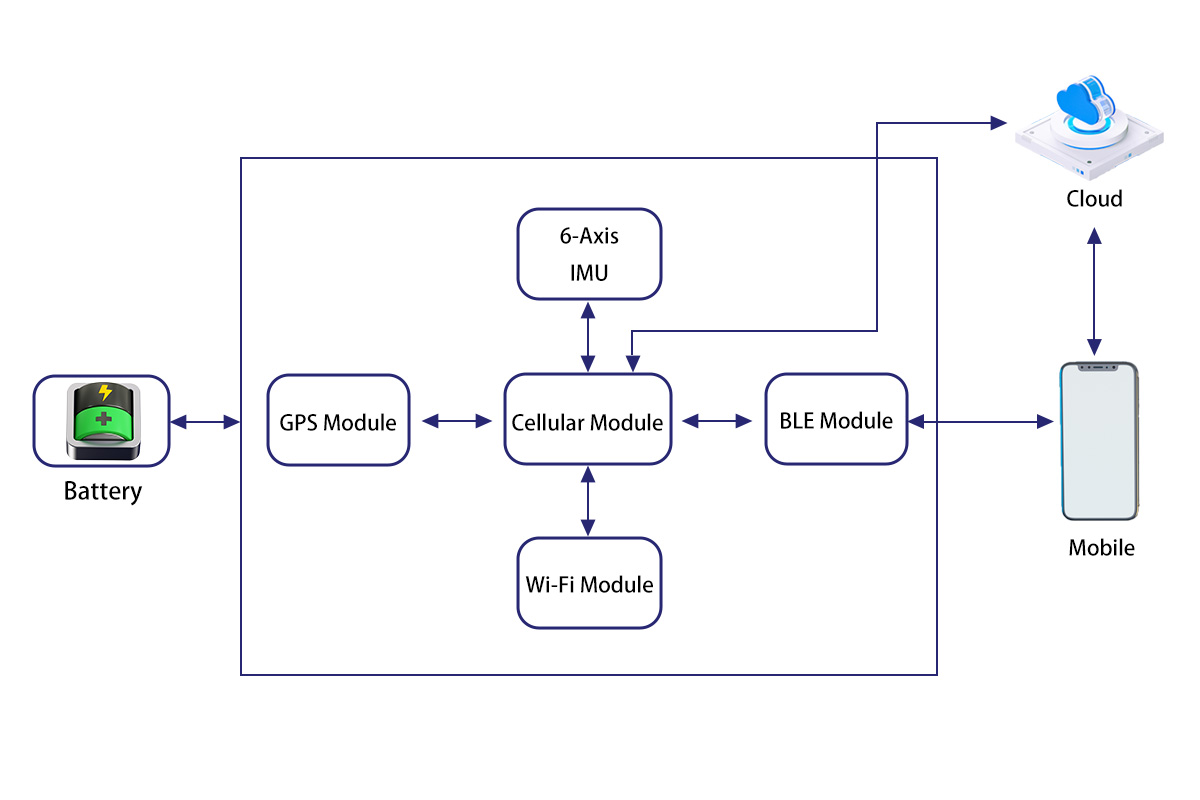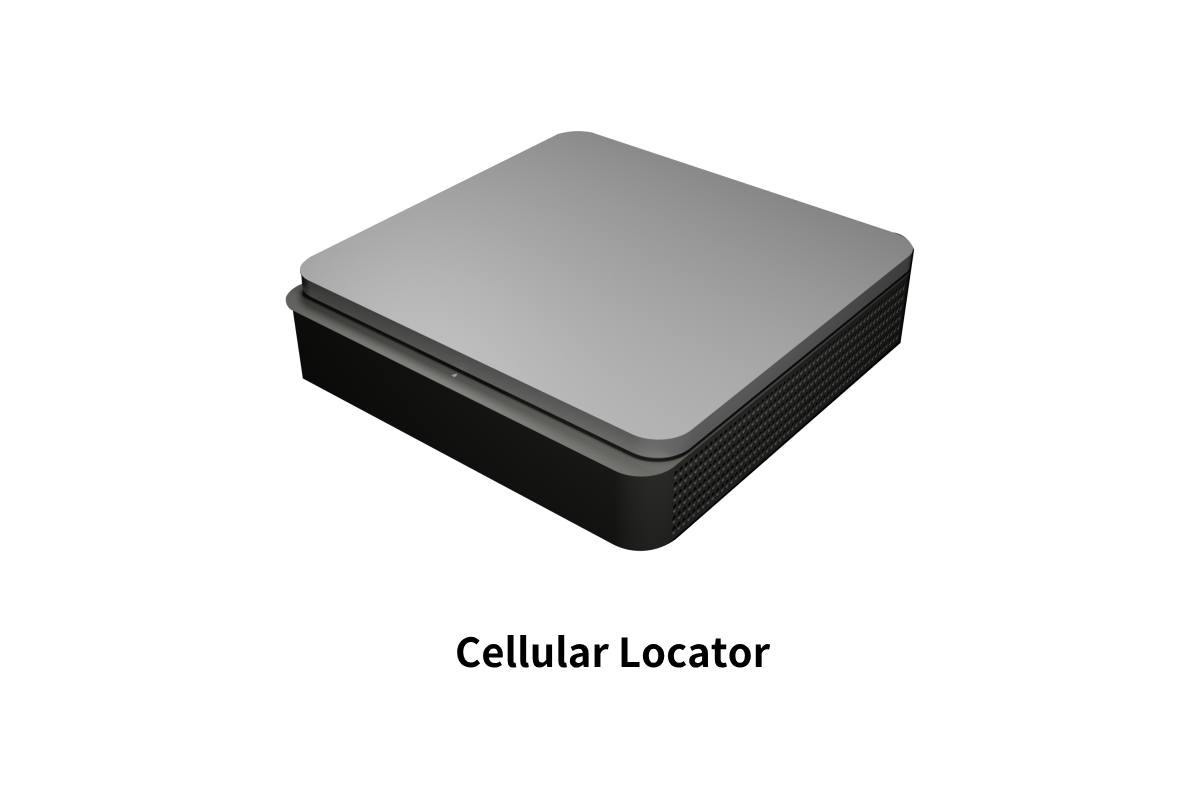5G Tracking Solution
What are 5G ?
With 2G and 3G network sunsets accelerating globally, LTE-M and NB-IoT have been parts of 5G stardard, are low-power-wide-area cellular networks built for Internet of Things applications such as IoT asset tracking. Both NB-IoT and LTE-M belong to the category of Low Power Wide Area Networks (LPWAN), which are very energy-efficient radio transmission technologies. They enable a wide range of IoT applications where low cost, low power consumption and good building penetration are important.Cellular LPWA networks are particularly well suited for battery-powered asset tracking applications, like trailer, bin, container, livestock and equipment tracking, as they support incredibly low power consumption, improved range, and better performance.
How does 5G tracker working?
IoT asset tracking generally requires sending small amounts of data intermittently, just enough to indicate the object’s location. Low power wide area networks such as Narrowband and LTE-M are particularly suited for tracking assets in movement—ensuring that the asset tracker is able to send location data even when network connection is unstable or spotty.These types of GPS trackers transfer low packets of data, such as vehicle location, across a wide geographic region, while saving on airtime costs and power drain. With a 5G-compatible GPS device, you can be confident in your vehicle-tracking data thanks to accurate device positioning.

In mining, asset tracking technology can monitor the whereabouts of large and expensive vehicles, thus reducing risks in terms of theft and accidents. As mining operations are generally remote, open air facilities, deploying private cellular networks is a good way of guaranteeing the coverage and reliability needed for IoT asset tracking to function efficiently.
One of the most common asset tracking applications is in supply chain and logistics. Truck tracking is already widely deployed, as it improves the operations of logistics companies in terms of efficiency, maintenance and merchandise security, and therefore their bottom line—not to mention their reputation, as losing goods becomes a thing of the past.
The benefits are also clear for cargo ships. As containers can be at sea for weeks with no embedded energy source, reliable tracking requires low energy devices that remain activated until the opportunity to communicate their position presents itself, typically at every port by connecting to the cellular network.
What we can offer?
The cellular locator is a high-performance, low-power cellular IoT product based on the Nordic low-power cellular IoT System-on-Chip module nRF91. It supports NB-IoT and Cat-M connections and comes with built-in communication protocols including TCP/IP, UDP, LwM2M, MQTT, and CoAP, enabling seamless connectivity to mainstream IoT cloud platforms。
- Ultra-low power consumption, ultra-high sensitivity.
- Miniature and compact in size, easy to install.
- Supports 700-2200MHz frequency range, global NB-IoT and Cat-M cellular network access.
- Embedded with multiple network protocol stacks, enabling convenient connection to server platforms.
- Supports PSM, DRX, EDRX (Power Saving Mode, Discontinuous Reception, Extended Discontinuous Reception).
- Supports monitoring of object motion status.
- Built-in GPS, supports Assisted GPS.
- Supports FOTA (Firmware Over-The-Air) updates.